By Amanda Rose Newton
Caterpillars are a common sight in Central Florida gardens, especially during the warmer months when butterflies and moths are actively laying eggs, making caterpillar control an important task for gardeners.

While some caterpillars become beautiful pollinators, others can be highly destructive to crops, flowers, and ornamental plants. Knowing how to identify beneficial versus problematic caterpillars—and how to manage them effectively—can help you maintain a thriving, balanced garden.
Identifying Caterpillars in Central Florida: Friends vs. Foes
Beneficial Caterpillars (Pollinator Caterpillars You Want to Keep!)
Some caterpillars play an essential role in Florida’s ecosystem, transforming into butterflies that pollinate flowers and contribute to biodiversity. Here are some beneficial caterpillars to recognize and protect:
Monarch Caterpillar (Danaus plexippus)
Appearance: Bold black, white, and yellow stripes with long, thread-like filaments on both ends.
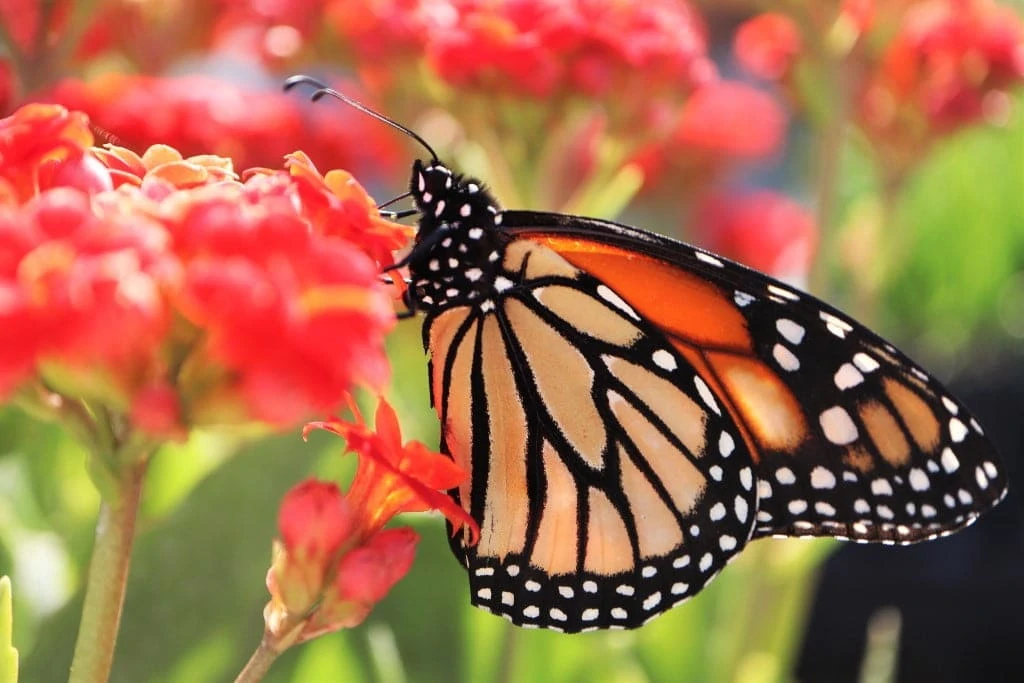
Host Plants:
Native: Swamp milkweed (Asclepias incarnata), White swamp milkweed (Asclepias perennis).
Non-native but widely used: Tropical milkweed (Asclepias curassavica), but should be cut back in winter to prevent disease transmission. If you are able, try to not purchase this one and instead choose the native milkweeds.
Why Keep Them? Monarchs are an iconic butterfly species that rely on milkweed for survival. Their caterpillars are harmless to other plants.
Gulf Fritillary Caterpillar (Agraulis vanillae)
Appearance: Orange with black spines.
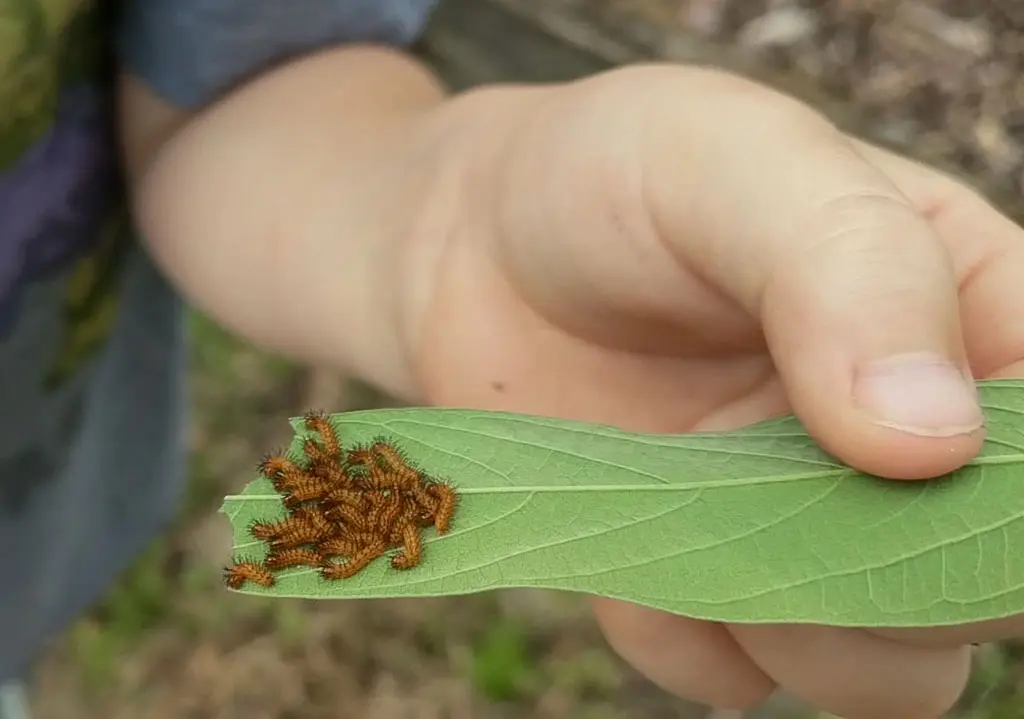
Host Plants:
Native: Corky-stem passionflower (Passiflora suberosa), Yellow passionflower (Passiflora lutea).
Non-native but suitable: Purple passionflower (Passiflora incarnata, also known as Maypop).
Why Keep Them? These caterpillars turn into vibrant orange butterflies that are frequent visitors to Florida gardens.
Black Swallowtail Caterpillar (Papilio polyxenes)
Appearance: Green with black and yellow bands.
Host Plants:
Florida-friendly options: Parsley, dill, fennel, and wild carrot (Daucus carota).
Why Keep Them? They transform into stunning black swallowtail butterflies, which help pollinate flowers.
Eastern Tiger Swallowtail Caterpillar (Papilio glaucus)
Appearance: Green with fake eye spots that resemble a snake’s head.
Host Plants:
Native: Sweetbay magnolia (Magnolia virginiana), Wild cherry (Prunus serotina), and Tulip poplar (Liriodendron tulipifera).
Why Keep Them? These butterflies are large, beautiful, and important pollinators.
Zebra Longwing Caterpillar (Heliconius charithonia)
Appearance: White with black spines.
Host Plants:
Native: Corky-stem passionflower (Passiflora suberosa), Yellow passionflower (Passiflora lutea).
Why Keep Them? The Zebra Longwing is Florida’s state butterfly and a slow, graceful flyer.
Cloudless Sulphur Caterpillar (Phoebis sennae)
Appearance: Green or yellow with faint stripes.
Host Plants:
Native: Partridge pea (Chamaecrista fasciculata), Senna species.
Why Keep Them? They become bright yellow butterflies that are excellent pollinators for native flowers.
Long-tailed Skipper (Urbanus proteus)
Appearance: Known as the “bean leafroller,” it has a green body and a large, dark head.
Host Plants:
Florida-friendly: Pea family plants, including wild butterfly pea (Clitoria ternatea) and native hog peanut (Amphicarpaea bracteata).
Why Keep Them? The adult skipper is a fast-flying butterfly that plays an important role in pollination.
Giant Swallowtail Caterpillar (Papilio cresphontes)
Appearance: Looks like bird droppings for camouflage, brown with white blotches.
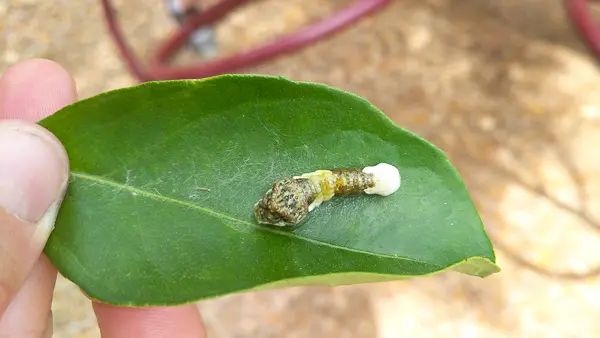
Host Plants:
Native: Wild lime (Zanthoxylum fagara), Hercules club (Zanthoxylum clava-herculis).
Edible garden host: Citrus trees (lemon, lime, orange).
Why Keep Them? They become large, spectacular butterflies that are a joy to watch.
White Peacock Caterpillar (Anartia jatrophae)
Appearance: Black with spiny protrusions.
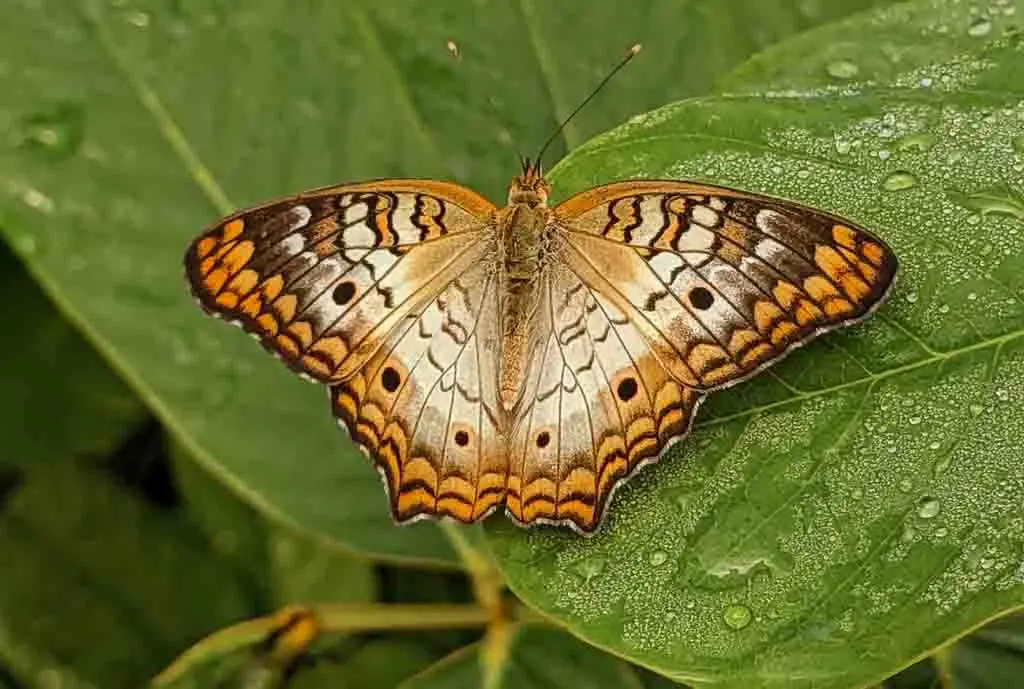
Host Plants:
Native: Water hyssop (Bacopa monnieri), Frogfruit (Phyla nodiflora).
Why Keep Them? The White Peacock butterfly is a striking species often found in wetland gardens and along Florida’s waterways.
Buckeye Caterpillar (Junonia coenia)
Appearance: Dark brown or black with orange and white markings.
Host Plants:
Native: Blue toadflax (Linaria canadensis), Plantains (Plantago spp.), and False foxglove (Agalinis spp.).
Why Keep Them? They become Buckeye butterflies, which have mesmerizing eyespots that deter predators.
Problematic Caterpillars (Pests That Can Damage Your Garden)
While butterflies are welcomed guests, some caterpillars can devastate crops and ornamental plants in a short period. Caterpillar control is important for monitoring these species and managing them when necessary to prevent damage to plants and maintain a healthy garden.
Fall Armyworm (Spodoptera frugiperda)
Appearance: Brown with pale stripes and a distinctive inverted “Y” on its head.
Damage: Feeds on turfgrass, corn, beans, and vegetables.
Control Methods: Handpicking, Bacillus thuringiensis (Bt), and introducing natural predators like birds and parasitic wasps.
Tomato Hornworm (Manduca quinquemaculata)
Appearance: Large green caterpillar with diagonal white stripes and a curved horn on its rear.
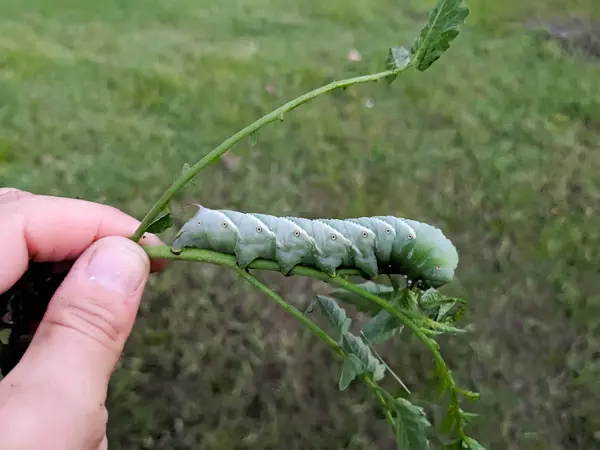
Damage: Feeds aggressively on tomato, pepper, and eggplant foliage.
Control Methods: Handpicking, attracting parasitic wasps, or using Bt.
Cabbage Looper (Trichoplusia ni)
Appearance: Green, inchworm-like movement.
Damage: Feeds on cabbage, kale, and leafy greens.
Control Methods: Row covers, neem oil, and natural predators like ladybugs and lacewings.
Oleander Caterpillar (Syntomeida epilais)
Appearance: Bright orange with black bristles.
Damage: Defoliates oleander plants.
Control Methods: Handpicking or pruning heavily infested branches.
Saddleback Caterpillar (Acharia stimulea)
Appearance: Green with a brown “saddle” marking.
Danger: Venomous spines cause painful stings.
Control Methods: Avoid touching and remove with gloves if necessary.
Managing Caterpillars in Your Garden: Natural Control Methods
Encourage Natural Predators
Birds: Provide birdhouses and birdbaths to attract insect-eating birds like wrens and warblers.
Beneficial Insects: Ladybugs, lacewings, and parasitic wasps feed on caterpillars and their eggs.
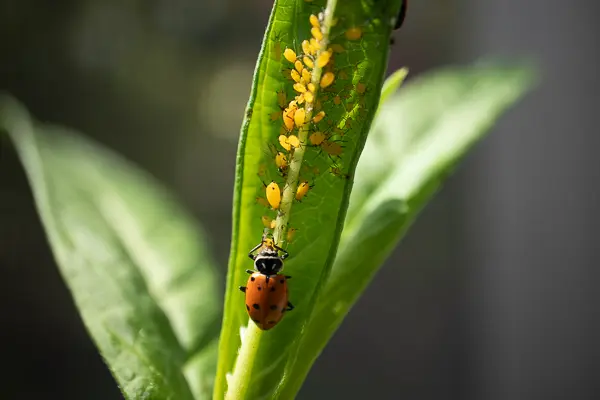
Companion Planting and Trap Crops
Dill, fennel, and parsley: Attract black swallowtail caterpillars to keep them from feeding on other plants.
Sunflowers: Act as a trap crop, drawing armyworms and other pests away from vegetables.
Nasturtiums: Repel cabbage worms and loopers in vegetable gardens.
Handpicking and Relocating Beneficial Caterpillars
For butterfly caterpillars, provide plenty of host plants and avoid chemical sprays.
For pest caterpillars, handpick them in the early morning and relocate or dispose of them.
Organic Sprays and Biological Controls
Bacillus thuringiensis (Bt): A naturally occurring bacteria that targets caterpillars without harming beneficial adult insects.
Neem oil: A natural repellent that disrupts caterpillar feeding habits.
Diatomaceous earth: A fine powder that dehydrates caterpillars upon contact.
Protective Barriers
Use floating row covers to keep pests like cabbage loopers and armyworms off leafy greens.
Wrap tree trunks with bands of sticky tape to prevent caterpillars from crawling up.
Welcoming Beneficial Caterpillars: Creating a Caterpillar-Friendly Garden
If your goal is to support butterfly populations, you can take the following steps to create a haven for caterpillars:
Grow native host plants: Plant milkweed for monarchs, passionflower for gulf fritillaries, and citrus for giant swallowtails.
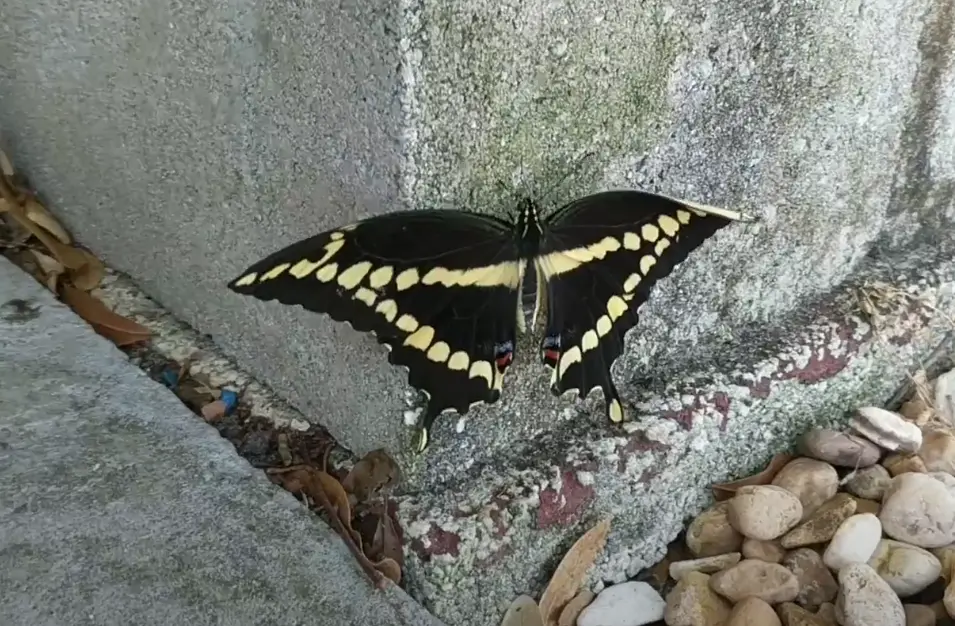
Provide shelter: Allow some areas of your garden to grow wild with native plants.
Avoid pesticides: Even organic options like Bt can affect butterfly larvae if used indiscriminately.
By identifying beneficial caterpillars and implementing natural pest control methods, you can maintain a healthy balance in your Central Florida garden. Encourage butterflies while keeping destructive species in check using organic solutions, companion planting, and natural predators. With the right approach, you can enjoy both a flourishing garden and the beauty of butterflies fluttering through it!


